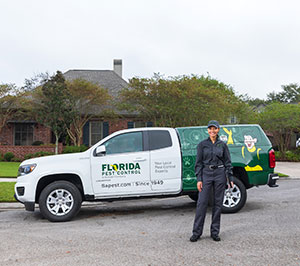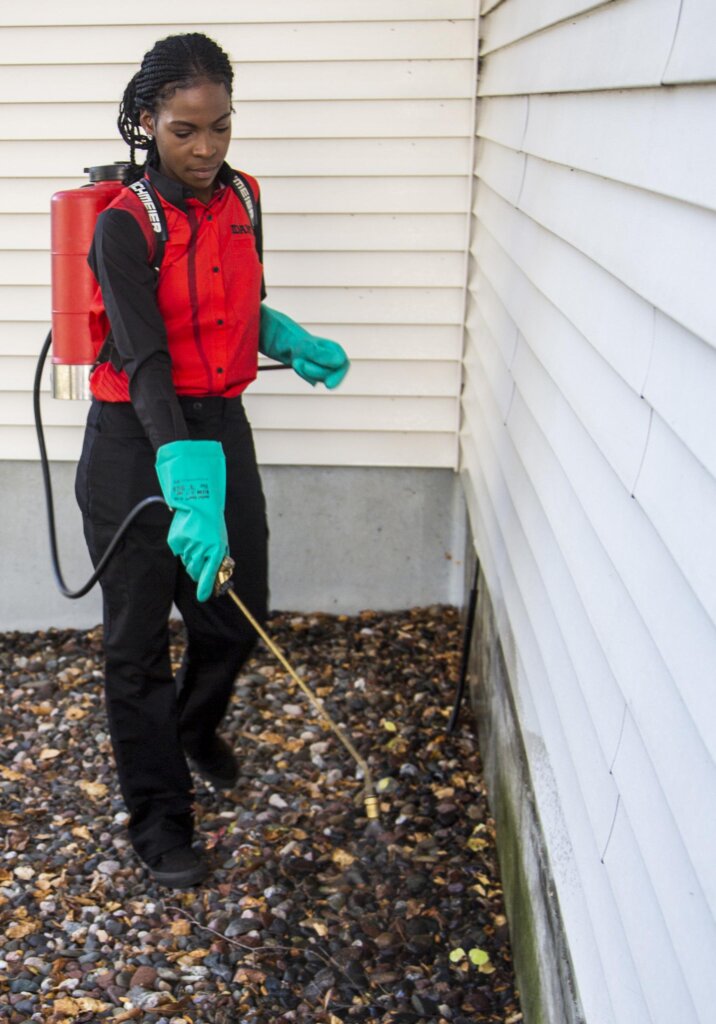Bed Bug Treatment Failure: Comparing Chemical Vs. Non-Chemical Solutions
In the realm of parasite control, particularly when dealing with the consistent issue of bed insects, the option between chemical and non-chemical treatment remedies can be an essential one. Both methods use distinct advantages and disadvantages, affecting elements such as performance, security factors to consider, and general price. By taking a look at the nuanced details of each approach, a more clear understanding of which course to seek in dealing with a bed pest problem can be acquired.
Effectiveness of Chemical Therapies
Chemical treatments for bed insect invasions have actually been commonly identified for their powerful and fast efficacy in removing these insects. When taking into consideration the performance of chemical therapies, it is critical to understand that they can give a fast and complete remedy to a bed bug issue. Professional pest control specialists usually depend on pesticides to target bed insects at various stages of their life cycle, including fairies, grownups, and eggs. These chemicals generally function by interfering with the bed bugs' nerve system, resulting in paralysis and eventual death.
Furthermore, chemical therapies have the benefit of offering recurring impacts, indicating that they can remain to eliminate bed bugs also after the preliminary application. This residual activity is specifically helpful in combating any type of prospective re-infestations. In addition, the fast activity of chemical treatments can bring alleviation to individuals encountering serious bed bug invasions, allowing them to reclaim control of their home quickly.
Safety Problems With Chemical Solutions
One critical facet that calls for cautious consideration when making use of chemical solutions for bed insect treatment is ensuring the security of residents and the setting. Direct exposure to particular chemicals used in bed insect therapies can lead to respiratory system issues, skin inflammation, or other adverse responses, particularly in individuals with pre-existing conditions or sensitivities.
Additionally, the environmental influence of chemical options is an additional significant consideration. Some pesticides used in bed insect therapies might be damaging to useful insects, wild animals, and ecological communities if they seep right into the dirt or water systems. It is vital to use chemical therapies deliberately, following security standards, and thinking about less harmful choices to reduce these threats and guarantee the efficient and risk-free management of bed pest invasions.
Advantages of Non-Chemical Techniques
Taking into consideration the possible safety and security concerns and environmental effect associated with chemical services for bed pest therapy, discovering non-chemical methods provides an encouraging option with several distinctive benefits. Non-chemical treatments are ecologically friendly, as they do not add to air or water air pollution, making them a lasting selection for pest control.
Furthermore, non-chemical options can be reliable in targeting bed pests, consisting of hard-to-reach locations where chemical therapies might not penetrate. Methods such as heat treatment, vacuuming, steam cleaning, and mattress encasements offer complete obliteration without using harmful chemicals. Moreover, non-chemical approaches can be less disruptive, requiring marginal prep work and permitting quicker reentry into treated areas. Overall, choosing non-chemical bed insect treatment methods not only focuses on safety and security and environmental management however additionally makes certain reliable and detailed bug control.
Limitations of Non-Chemical Treatments

In addition, non-chemical therapies often need numerous applications to attain successful removal. This can be lengthy and might not constantly guarantee complete elimination of all bed pests and their eggs, especially in hard-to-reach or surprise locations.
Moreover, the success of non-chemical therapies heavily depends on appropriate application and thoroughness, which can be testing for people without specialist proficiency. Inadequate application of non-chemical techniques may lead to incomplete elimination, causing relentless problems and the demand for added therapies.
Consequently, while non-chemical therapies have their benefits, it is vital to recognize these constraints and consider them when establishing one of the most reliable strategy for taking care of bed insect invasions.
Expense Comparison: Chemical Vs. Non-Chemical Options
Provided the limitations connected with non-chemical treatments, an important element to evaluate in the context of bed bug administration is the price contrast in between chemical and non-chemical options. In contrast, non-chemical therapies like heat treatment or steam can be much more pricey, with costs ranging from $1,000 to $6,000 for a whole home. While the preliminary price of chemical therapies may seem lower, numerous therapies may be called for to fully remove the problem, potentially boosting the total cost.
Final Thought

Taking into consideration the prospective safety concerns and ecological influence associated with chemical options for bed insect treatment, exploring non-chemical strategies presents a promising option with a number of distinct benefits.Provided the limitations linked with non-chemical therapies, a vital aspect to examine in the context of bed bug monitoring is the expense contrast between chemical and non-chemical alternatives. In comparison, non-chemical therapies like warm therapy or heavy steam can be a lot more expensive, with expenses varying from helpful hints $1,000 to $6,000 for an entire home. While the first expense of chemical therapies may seem lower, multiple treatments might be needed to fully get rid of the invasion, possibly enhancing the total expense.In verdict, when comparing chemical and non-chemical bed pest treatment choices, it is important to take into consideration effectiveness, security, advantages, limitations, and price.